Cultured vs. uncultured butter — what’s the real difference?
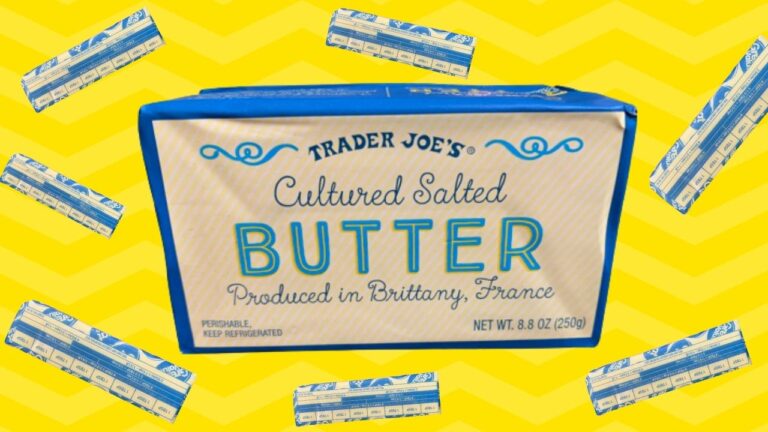

If you’re like me and live in the U.S., you probably buy uncultured butter out of convenience and habit. Maybe you didn’t even know it was called uncultured or that there was another option?
Unlike Europe, where cultured butter reigns, here in the U.S. we largely stick to sweet cream butter aka uncultured butter. It’s not that you can’t find cultured butter in the states, it’s just that you’ll need to specifically look for it at some fancy schmancy grocery store.
Okay, maybe not that fancy but I’m talking about a special trip to Trader Joe’s or Whole Foods. A quick run to Walmart isn’t going to cut it (I tried).
Now, what’s so special about cultured butter that you should make the switch?
I can tell you in one word — flavor.
So, what exactly does “cultured” even mean?
Cultured isn’t referring to this type of butter having a more refined taste or a highbrow attitude (although that could be interesting in its own way.)
Here, we’re talking about bacterial cultures, or mixtures of different microorganisms that are added to the cream before it’s made into butter — don’t freak out yet, this is actually beneficial.
Essentially, cultured butter means that you’ve allowed certain microorganisms to grow and metabolize some of the nutrients in cream. This process is often called ripening.
As the bacteria eat simple sugars like lactose, they produce a variety of different compounds that transform butter from having a mild, sweet taste to a more unique, well-rounded flavor profile.
Okay, but what bacteria are being added to my butter?
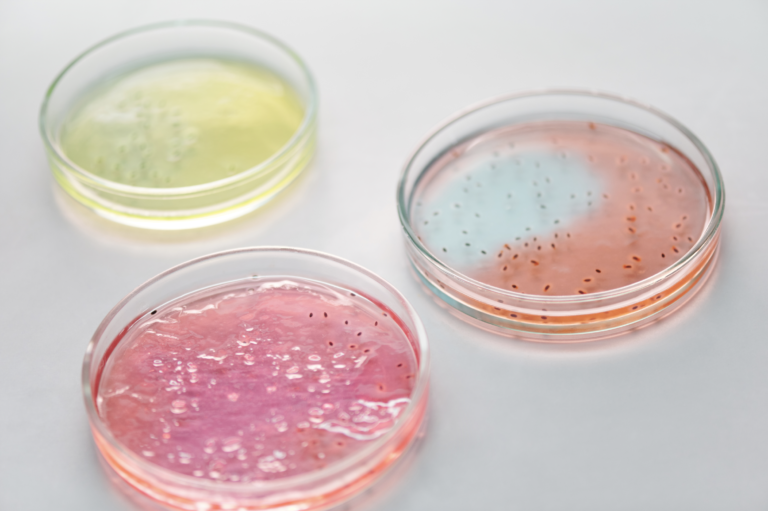

As science has progressed and the species of bacteria that aid in ripening butter identified, you typically see a cocktail of these four bacteria added:
- Lactococcus lactis subsp. lactis
- Lactococcus lactis subsp. cremoris
- Lactococcus lactis subsp. lactis biovar. diacetylactis
- Leuconostoc mesenteroides subsp. cremoris
These microorganisms are responsible for generating the flavor and aroma of cultured butter, which will be fuller and slightly nutty compared to uncultured butter.
Many of these same microorganisms are also commonly used in fermented foods like sauerkraut, kimchi, pickles, and yogurt.
What’s the benefits of cultured butter?
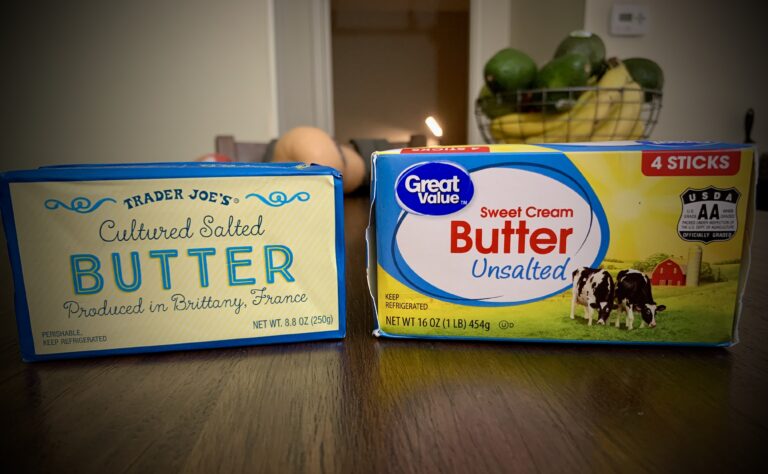

Because of this ripening step, cultured butter has a tangy and unique taste compared to butter that’s quickly processed and skips ripening altogether.
The new flavor and aroma compounds can also cover up any off-flavors in the butter.
For instance, milk and cream are typically pasteurized to destroy disease-causing microorganisms. Unfortunately, this process also generates a heated off-flavor.
Other off-flavors can be produced from the animal or arise from the conditions of the farm. Often, this makes a butter that tastes a bit tallowy, lime-like, or burnt. Luckily, the new flavor profile achieved during ripening can easily mask these flavor defects.
Beyond a better flavor and aroma profile, the bacteria also generate large amounts of acids. These acidic conditions help preserve the butter and keep it fresh for longer.
What’s the opposite of cultured butter?
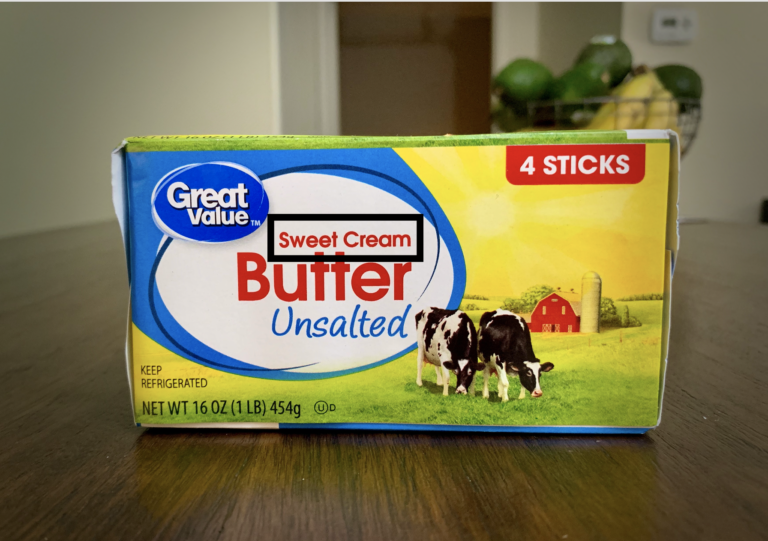

Uncultured butter is called sweet cream butter.
If you look closely at a package of butter you’ll likely see the words “sweet cream” on it, especially if you live in the U.S. This term simply means the butter was never ripened and retains a mild, sweet taste.
And it seems Americans are willing to sacrifice flavor for the lower price point of this rapidly manufactured butter. I noticed a two dollar difference between uncultured butter from Walmart and cultured butter from Trader Joe’s.
So, even though ripening is known for a higher quality, more flavorful butter, sometimes price and convenience matter even more. Otherwise sweet cream butter wouldn’t dominate the U.S. market as it currently does.
When should I use cultured butter?
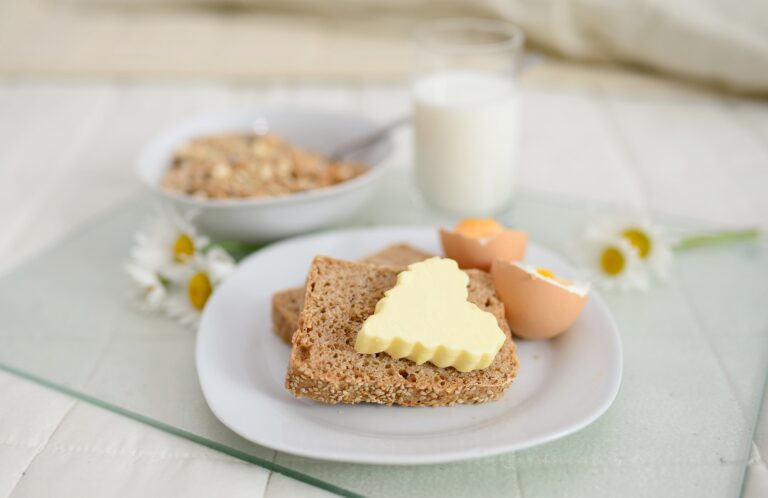

If you splurge on some cultured butter, save that creaminess for spreading on your toast or other times where the taste of cultured butter will be distinct and perceivable.
Although cultured butter has a unique flavor profile, these subtle differences can easily be covered up if they are used in baked goods like cookies, cakes, and muffins where other ingredients dominate the overall taste.
Don’t worry, there are a couple recipes where the rich flavor of cultured butter can still shine through like pancakes, biscuits, pound cake, or shortbread.
When it comes to butter what’s not to love? I mean anything that legally must be 80% fat has to be absolutely delicious.
But, if you want to step up your butter game, you have to try cultured butter.
Maybe even do a little taste test of cultured and uncultured butter to compare the two. Let me know if you can tell the difference.
And now you can consider yourself cultured on cultured butter.

